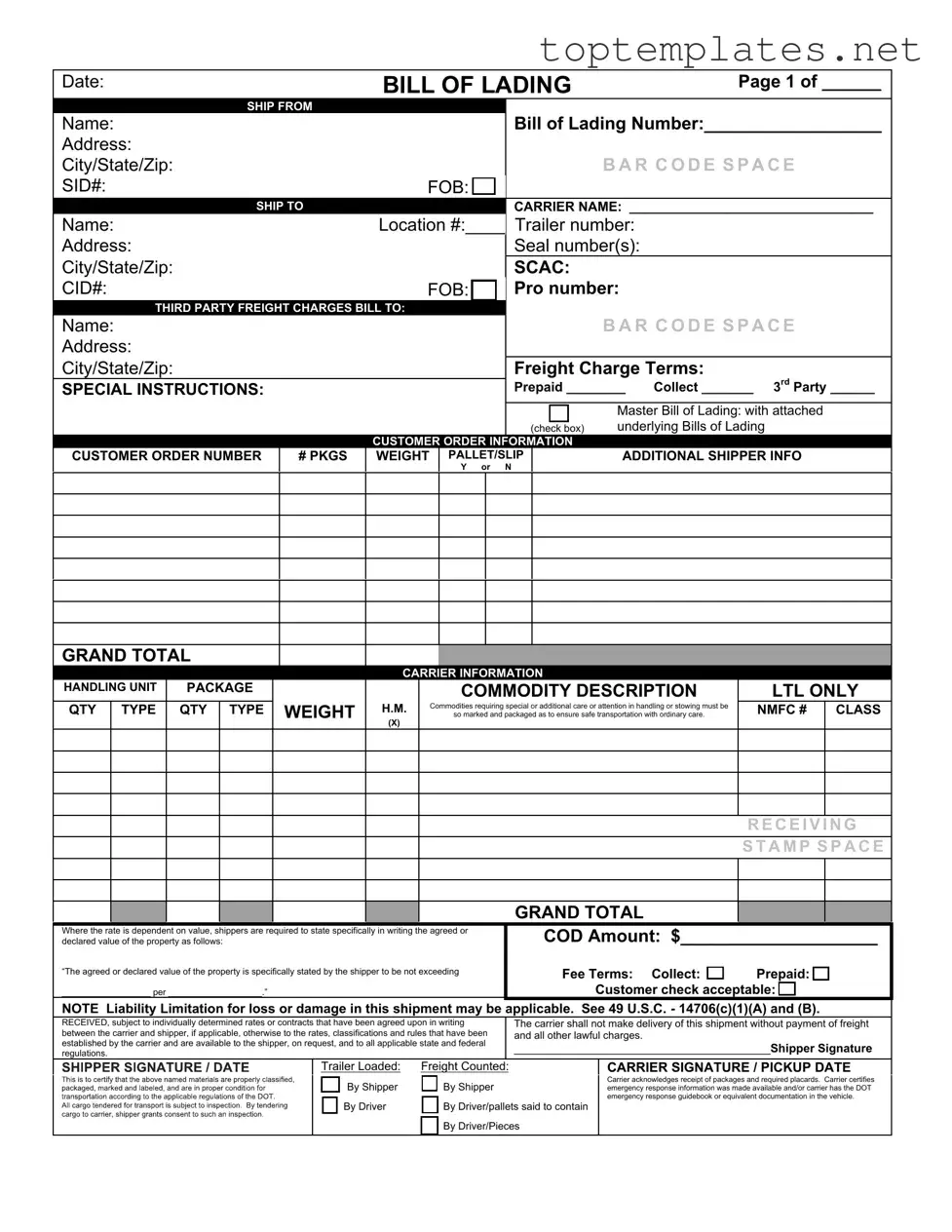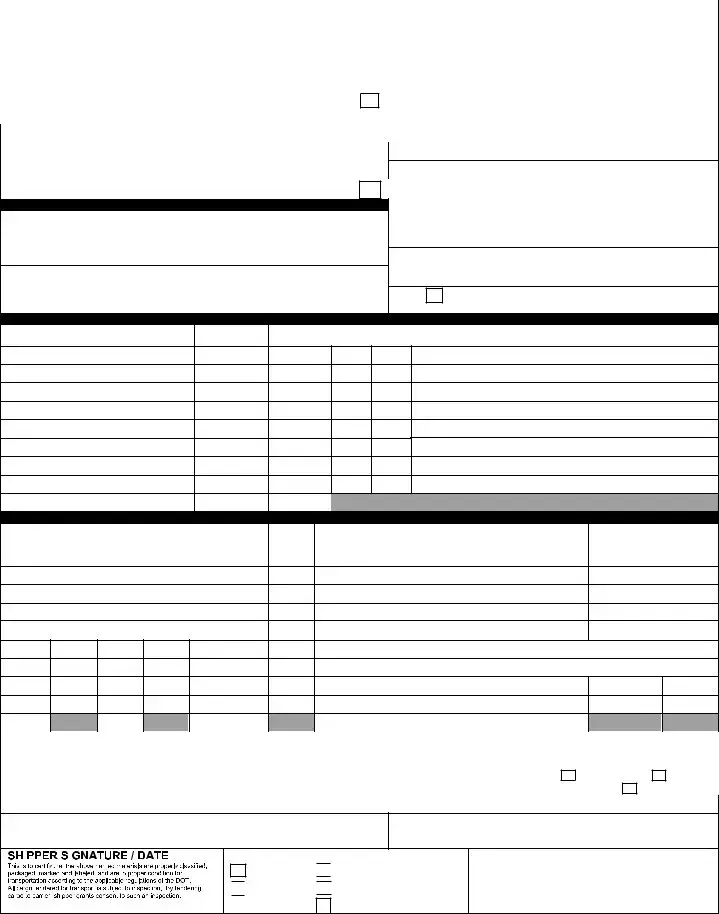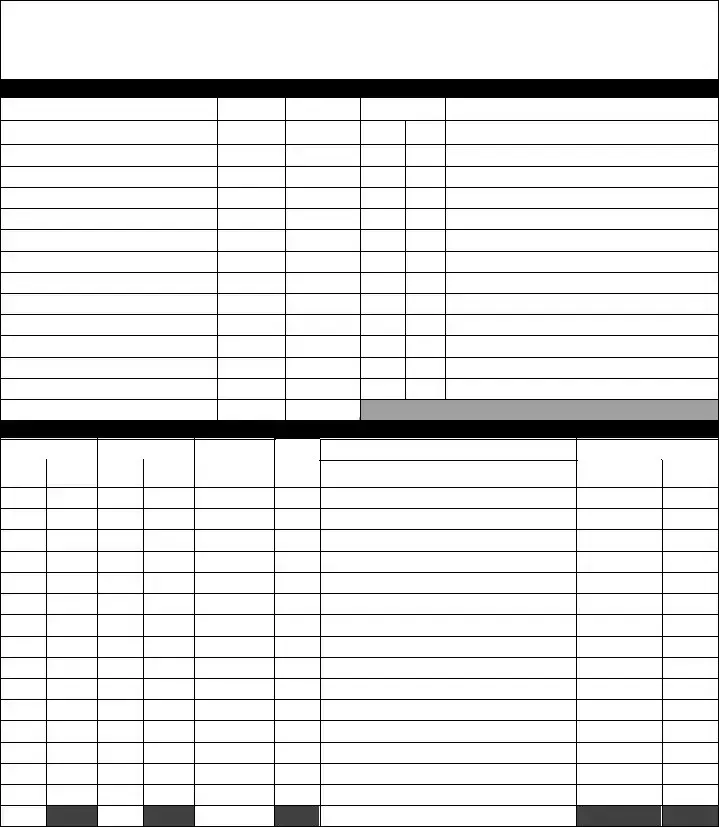What is a Bill of Lading with a Supplement form?
A Bill of Lading with a Supplement form is a crucial document in the shipping industry, serving as a contract between the shipper and carrier for the transportation of goods. It outlines the details of the shipment, conditions, and terms of carriage, and includes an additional supplement section for specified details or conditions not covered in the main form.
When is a Bill of Lading with a Supplement form used?
This specialized form is used when standard Bill of Lading documents do not provide sufficient space or flexibility to detail specific terms, conditions, or instructions pertinent to the shipment. It ensures all parties have a clear and comprehensive understanding of the agreement, particularly when dealing with complex or unique shipping requirements.
What information is included in the Supplement section?
The Supplement section can include a variety of information not found in the main Bill of Lading form. This might encompass special handling instructions, detailed descriptions of the goods, specific legal stipulations, or additional terms agreed upon by the shipper and carrier. The exact content varies based on the unique needs of each shipment.
How does the Supplement form affect the legal standings of a Bill of Lading?
The Supplement form enhances the legal standing of a Bill of Lading by providing a more detailed and specific account of the agreement between the shipper and carrier. It ensures that all conditions of the shipment are clearly outlined and agreed upon, reducing potential disputes over the terms of carriage or the condition of the goods upon arrival.
Is the Bill of Lading with a Supplement form legally binding?
Yes, the Bill of Lading with a Supplement form, like the standard Bill of Lading, is a legally binding document. Once signed by the involved parties, it serves as a contract stipulating the conditions under which goods are transported and holds both the shipper and carrier accountable to those conditions.
Can the Supplement form be modified after issuance?
Modifications to the Supplement form after issuance must be agreed upon by all involved parties. Changes typically require the issuance of a new or amended document to ensure the modified terms are legally binding and clear to all parties. It is essential to maintain accurate and current documentation to avoid discrepancies during or after transportation.
Where can one obtain a Bill of Lading with a Supplement form?
These forms can be obtained from the carrier or a legal provider specializing in shipping and logistics documentation. It is imperative to use the most recent version of the form to ensure compliance with current shipping laws and practices. Consulting with legal professionals or logistics experts can provide guidance and assurance in completing and utilizing these documents effectively.


 to certify that the above named materials are properly classified, packaged, marked and labeled, and are in
to certify that the above named materials are properly classified, packaged, marked and labeled, and are in proper condition for transportation according to the applicable regulations of the DOT.
proper condition for transportation according to the applicable regulations of the DOT.
 By Shipper
By Shipper
 By Driver
By Driver 
 By Driver/pallets said to contain
By Driver/pallets said to contain